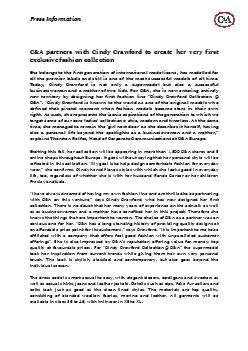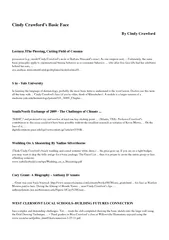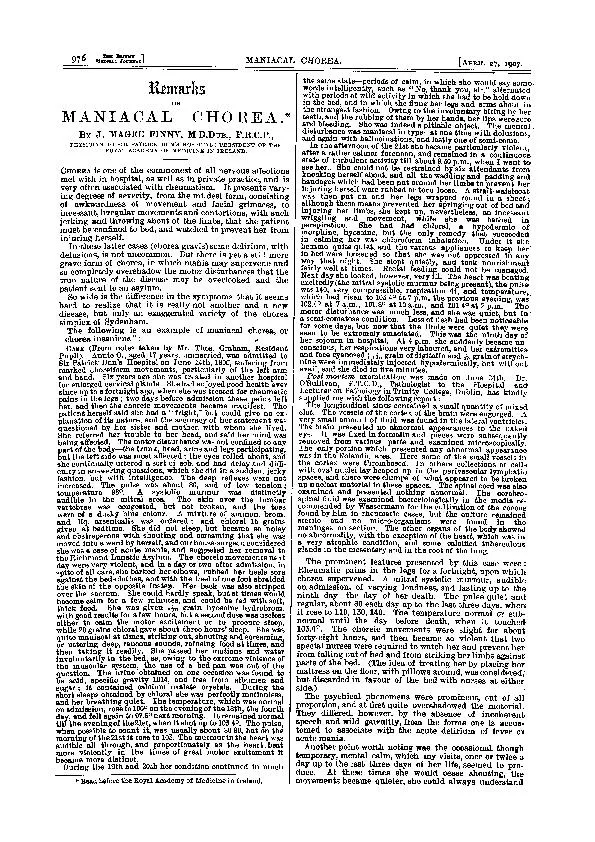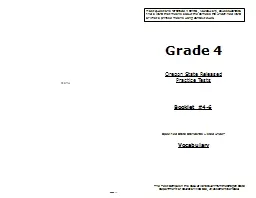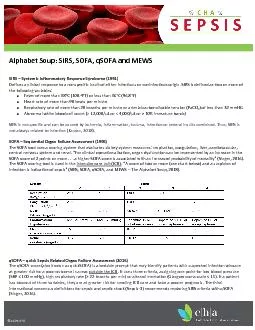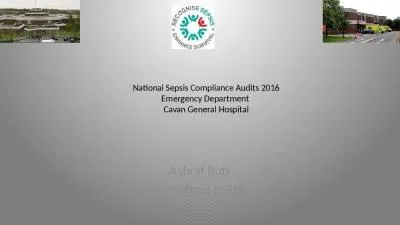PPT-SIR and SIRS Models Cindy Wu,
Author : giovanna-bartolotta | Published Date : 2018-10-26
Hyesu Kim Michelle Zajac Amanda Clemm SPWM 2011 Cindy Wu Gonzaga University Dr Burke Our group Hyesu Kim Manhattan College Dr Tyler Michelle Zajac Alfred University
Presentation Embed Code
Download Presentation
Download Presentation The PPT/PDF document "SIR and SIRS Models Cindy Wu," is the property of its rightful owner. Permission is granted to download and print the materials on this website for personal, non-commercial use only, and to display it on your personal computer provided you do not modify the materials and that you retain all copyright notices contained in the materials. By downloading content from our website, you accept the terms of this agreement.
SIR and SIRS Models Cindy Wu,: Transcript
Download Rules Of Document
"SIR and SIRS Models Cindy Wu,"The content belongs to its owner. You may download and print it for personal use, without modification, and keep all copyright notices. By downloading, you agree to these terms.
Related Documents


